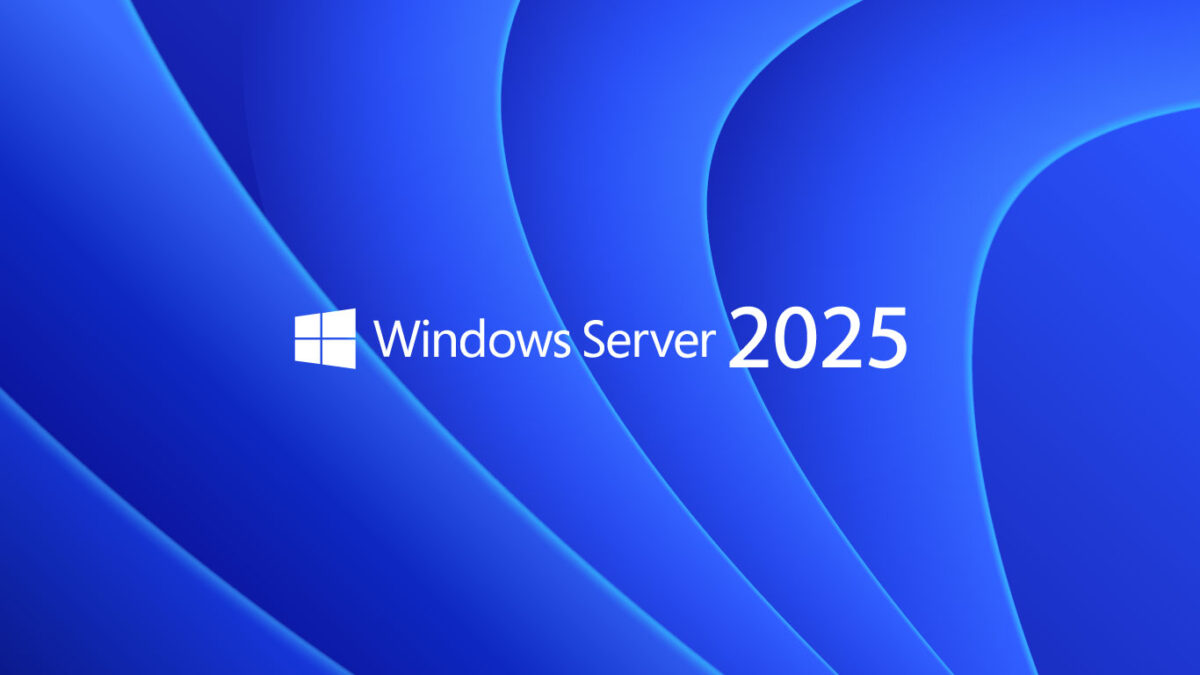Windows Server 2025 has arrived on the market bringing a series of crucial innovations to the IT infrastructure of companies. In addition to significant improvements in security, cloud integration and operational flexibility, Microsoft has also revamped its Windows Server 2025 licensing model, directly impacting the planning and costs of organizations. In this comprehensive guide, we explore the main changes in Windows Server 2025 licensing and the new features that your company needs to know to optimize its infrastructure and ensure compliance.
What's New in Windows Server 2025: Boosting Your Enterprise Infrastructure
Before we dive into the licensing changes in Windows Server 2025, it's important to highlight the main improvements that this new version offers:
- Advanced Security:
- Enhanced protection against cyber threats.
- New features to ensure data integrity and network security.
- Hybrid Cloud Integration:
- Optimized hybrid connectivity to ease migration and management of workloads between on-premises and cloud environments.
- Tools to simplify administration in multi-cloud environments.
- Optimization for Containers and Microservices:
- Expanded support for modern application architectures, including containers and microservices.
- Performance and scalability improvements for cloud-native applications.
- Hotpatching:
- Security updates without the need for reboots, reducing downtime and increasing server availability.
Windows Server 2025 Licensing Model Changes: Flexibility and Efficiency
Microsoft has introduced significant changes to the Windows Server 2025 licensing model to provide greater flexibility and meet the demands of hybrid and multicloud environments. Key changes include:
- Pay-as-you-go Licensing Model:
- New pay-as-you-go option, allowing businesses to pay for licensing based on actual usage.
- Easy scalability and reduced upfront costs for growing businesses.
- Licensing by Core:
- Windows Server 2025 continues to use the physical core licensing model, with minimum requirements:
- Minimum of 8 cores per processor.
- Minimum 16 cores per server.
- This approach ensures precise control of costs and compliance.
- Windows Server 2025 continues to use the physical core licensing model, with minimum requirements:
- Azure Hybrid Benefit:
- Maintenance of the Azure Hybrid Benefit benefit, allowing customers with Windows Server licenses and Software Assurance to use their credits in the cloud.
- Reduce costs by reusing licenses across Azure virtual machines.
- Licensing for Virtual Environments:
- Licensing for virtualized servers continues to be based on the allocation of virtual cores (vCores), with a minimum of 8 licenses per virtual machine.
- Cost predictability for companies with virtualized infrastructures.
- Windows Server CALs (Client Access Licenses):
- Windows Server CALs are still required for users or devices to access server services.
- There are two main types: User CALs and Device CALs, allowing flexibility in choosing the most suitable model for each organization.
Impacts of Windows Server 2025 Licensing for Businesses:
- Greater flexibility in choosing the licensing model, especially for hybrid environments.
- The pay-as-you-go model as an efficient alternative for scalability without large initial investments.
- The need for careful planning due to minimum licensing requirements per core.
- The need to pay attention to Windows Server CALs, so that there are no compliance issues.
Conclusion
Just like the Windows Server 2022, 2025 represents a significant advancement in server infrastructure, with improvements in security, cloud integration, and operational flexibility. The licensing changes in Windows Server 2025 provide more choice for businesses, but require careful consideration to optimize costs and ensure compliance.
For detailed information about Windows Server 2025 licensing, see the official Microsoft guide.
Ready to migrate to Windows Server 2025? Talk to the experts at 4MATT.


